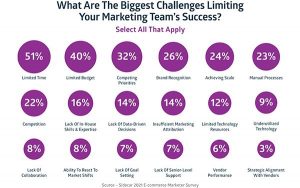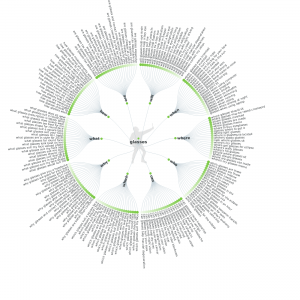Ad Industry Loses 30-Year-Old Tool

Media spend turned the corner halfway through last year, but advertisers will continue to look for cost savings in 2024 — especially when it comes to challenges related to identity management and cookie deprecation.
Publishers will deal with the same challenges, but they will become responsible for building the technology to give advertisers a less expensive alternative — especially for those that rely on web-based businesses, according to Nicole Perrin, senior vice president of business intelligence at Advertiser Perceptions, who spent more than a decade working as an analyst at eMarketer and then Insider Intelligence.
How do publishers and advertisers comfortably give up a tool they have used for so long? The challenge of losing browser cookies seems to come down to cost and the familiarity of using an archaic tool created nearly 30 years ago.
Cookies have never been available in apps. Nor have they been available for some time in browsers such as Apple Safari, Mozilla Firefox, and Microsoft Edge.
Connected television also is a cookieless environment. Cookies really only existed on the web, and later this week Google will roll out Tracking Protection to 1% of Chrome users globally. The feature will restrict cross-site tracking by default. The complete phaseout will occur in the second half of 2024.
“The biggest issue is there are concurrent activities happening with the elimination of cookies in Google Chrome, such as Apple changing the limitations on identifiers for advertisers,” Perrin said. “Google plans to do something similar with the Android mobile ID. There are so many changes as to how advertisers can use data.”
Cookies have serious limitations outside of any privacy issues, she said. People can delete them from their browser. They have a relatively low match rate. Perrin said cookies turned out to be a “rough-and-ready” available tool that some thought would be easy to implement.
The biggest threat, however, is that advertisers worry about losing the ability to target ads without wasting money. They also realize that measurement and attribution, which they have come to appreciate, has become much more difficult. It might even make them feel as though the industry took a step back in time.
They were there and available. The question now becomes how to replace them. Is interoperability in the future, or will the industry settle on one option?
Perrin said there are alternatives such as cleanrooms. UID2 and Yahoo Connect ID, which are based on deterministic targeting. Probabilistic identifiers can be used in instances where authenticated traffic does not exist.
Artificial intelligence (AI) already plays a role in targeting. The walled gardens that have information about users tap into AI to understand who should get what ad when. They have been using AI for years when it comes to propensity targeting. They have had to “rejigger” or rebuild targeting mechanisms because they can no longer rely on certain data in platforms such as Google Performance Max or Meta’s ad platform.
(5)






